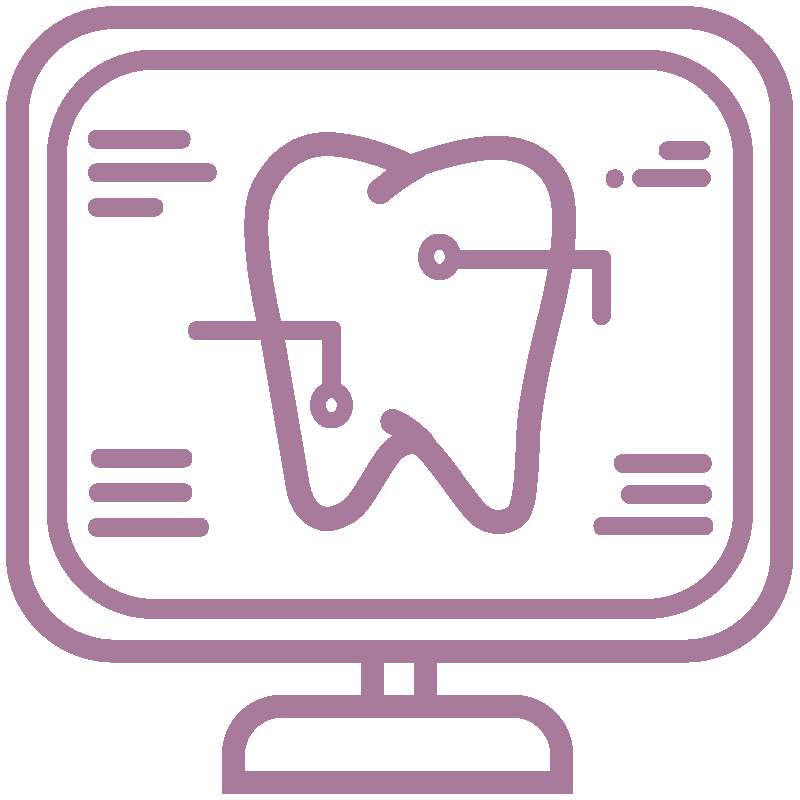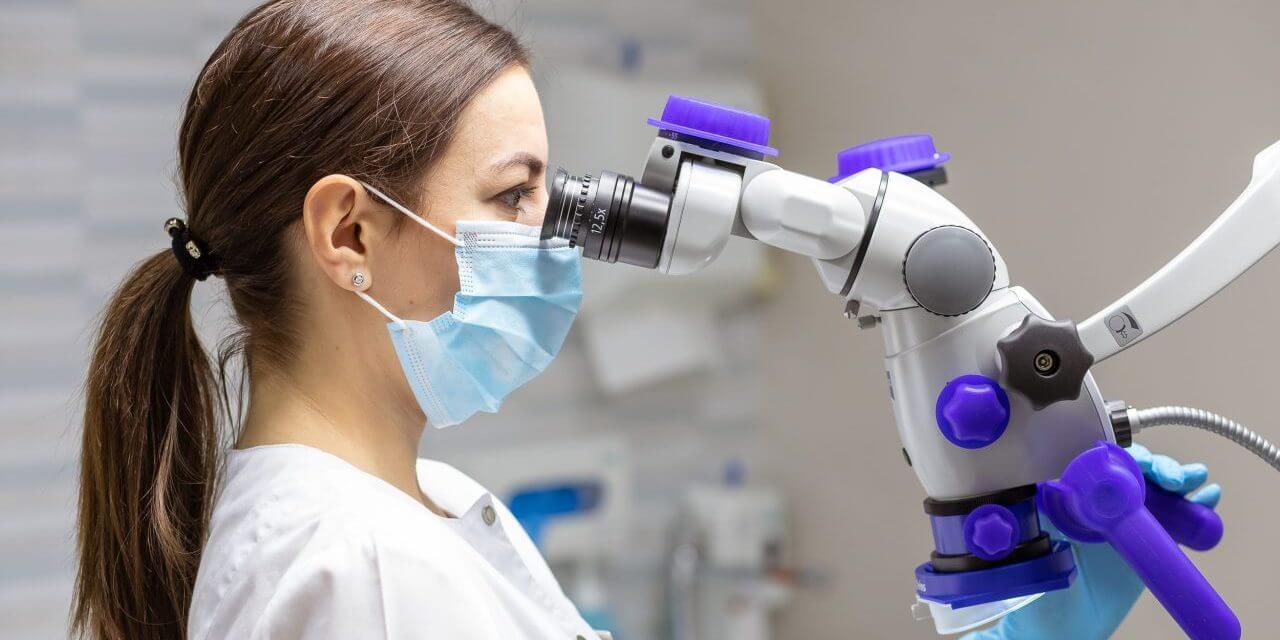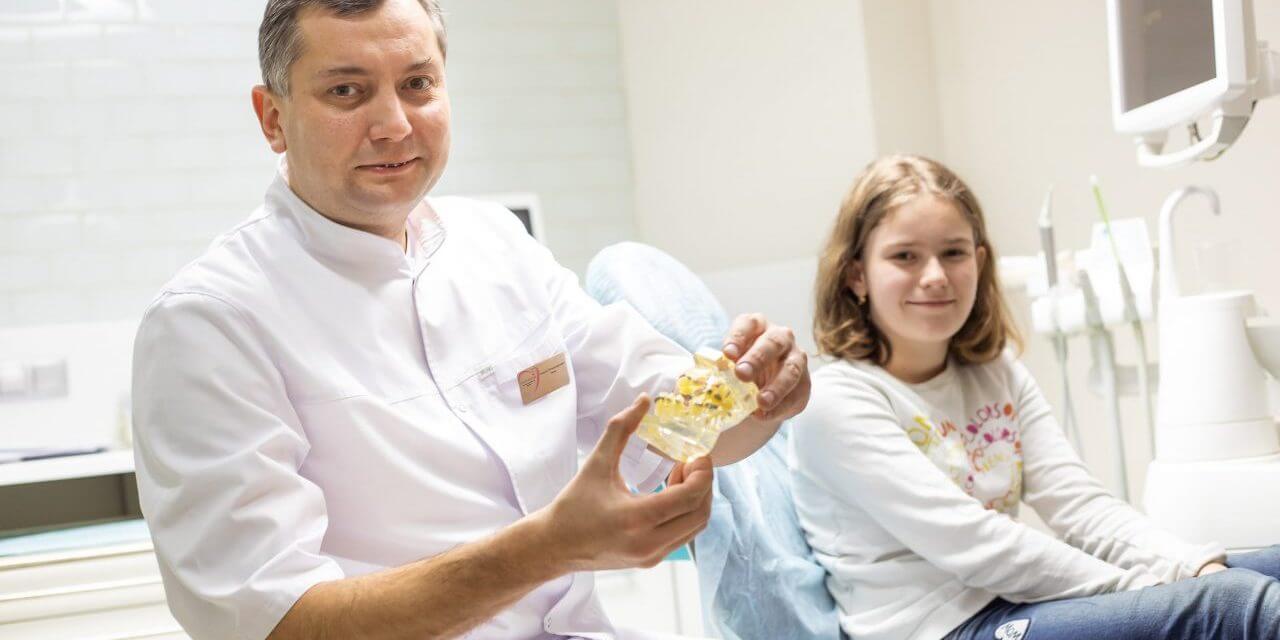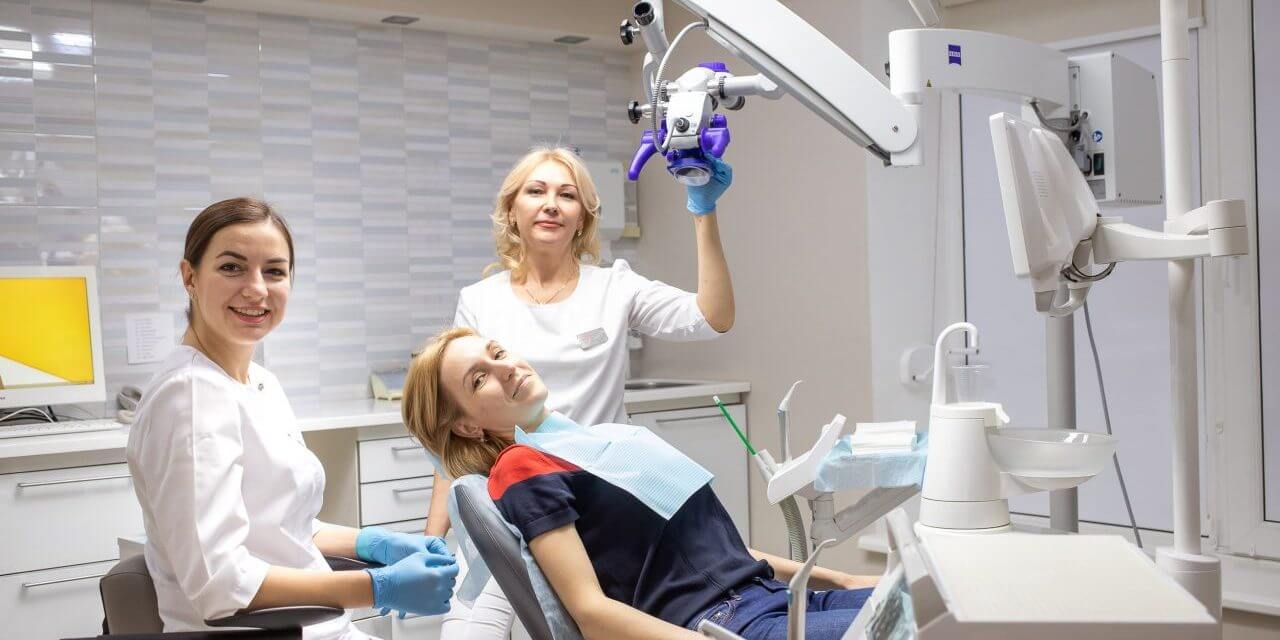A cyst of the jaw is a capsule filled with fluid with pathological contents and walls consisting of fibrous tissue. It is possible to diagnose a cyst during an X-ray examination, and during suppuration there is pain, redness and characteristic swelling on the surface of the gum.
Types of maxillary cysts
All cysts are divided into odontogenic and non-odontogenic, i.e. related to teeth or not. The first group includes such species as follicular, radicular, residual, epidermoid and paradental cysts. The reason for the formation of follicular cyst is a violation of the development of the germ of a permanent tooth. The residual cyst itself is considered a complication, since it is a residual cyst after incomplete removal of the main lesion. Regardless of the type of cysts, in each case only surgical treatment is assumed.
Features of surgical intervention
To keep a tooth in the cyst zone is the primary task of the dental surgeon. Cysts are operated using methods of hemisection, cystoma, cystectomy. The first option involves the removal of the tooth root together with the crown. Performing a cystoma, the doctor opens the cyst cavity, empties it, then flushes it with a special solution. Cystomas are used when spreading a neoplasm to an area of more than three teeth. In cystectomy, a complete removal of a cyst located in the apex of the root root of a single root is occurring. Simultaneously with cystoma and cystectomy, an impacted tooth or the one that caused the formation of a cyst is removed. If a decision is made to save the tooth, a resection of its root is performed.
Causes and effects of cyst
The cyst appears as a result of incorrect treatment of dental, advanced caries and pulpitis. Also, its occurrence provokes the lack of treatment with antibiotics after tooth extraction, inflammation of the soft tissues of the oral cavity and periodontal disease (gingivitis, periodontitis), trauma, chronic rhinitis and sinusitis against a background of weakened immunity.
The danger of a cyst is that for a long time it does not make itself felt. As a result, formidable complications develop, for example, periostitis, osteomyelitis, sinusitis, abscesses of the gums, inflammation of the lymph nodes and even blood infection. In addition, the cyst destroys the bone. Bone tissue atrophy, the result of which can be a spontaneous pathological fracture of the jaw.
Causes and Consequences of Cyst Formation
A cyst develops as a result of improper root canal treatment, advanced tooth decay and pulpitis, lack of antibiotic treatment after tooth extraction, inflammatory processes in the soft tissues of the oral cavity and periodontium (gingivitis, periodontitis), trauma, chronic rhinitis, and sinusitis against a weakened immune system.
The danger of a cyst lies in the fact that it often remains asymptomatic for a long time. As a result, severe complications may develop, such as periostitis, osteomyelitis, sinusitis, gum abscesses, lymph node inflammation, and even blood infection. Additionally, a cyst destroys bone tissue. Over time, the bone undergoes atrophy, which can lead to a spontaneous pathological fracture of the jaw.
Symptoms and Issues Requiring a Consultation at Professor Vesova’s Clinic
- Extraction of improperly positioned or impacted wisdom teeth
- Dental implant placement
- Reduced bone volume after tooth extraction
- Exposed tooth roots
- Formation of cysts in the jawbone and soft tissues
- Soft tissue neoplasms
- Difficulty opening the mouth
- Jaw clicking or unusual noises in the ears while chewing
- Tooth wear
- Facial trauma from accidents
- Consequences of unsuccessful surgeries or treatments
- Short lingual or labial frenulum
Our prices
Hygiene and periodontology
Dental implantation
Surgery
Leave your review about us!
Your opinion is valuable to us









